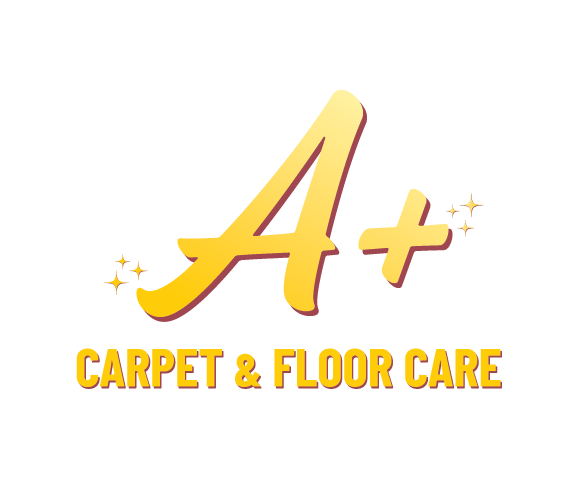Water damage tips
When it comes to water damage, it is critical to act fast if you want to salvage your possessions. Your first goal should be to remove as much moisture as possible from all surfaces. Below are some helpful tips that you can use immediately in a water damage situation:
- Depending on the amount of damage, you can try to dry out books by putting unfolded paper towels between groups of pages and standing the book up on its edge in a fan shape. If the covers are also wet, place paper towels under the book and periodically replace when needed. Also, remember to flip the book on the other edge to ensure even drying.
- Make sure that the seals on every window are tight. Replace the caulk as needed, to avoid any water seepage.
- Inspect your shower for leaks and replace any old or brittle caulking. Check your sink and toilet as well. Water stains around the toilet may be indicative of some kind of damage to the rim and tank seals.
- Regularly examine your ice maker, dishwasher, sinks, and garbage disposal for any kind of leak. Also, replace the hoses to these appliances every five years, this will significantly reduce the chance of leaks.
- Inspect the washing machine hose for signs of brittleness or corrosion. We recommend changing from the standard rubber hoses to stainless steel reinforced hose. This reduces the likelihood of leaks, and works towards a longer life for your appliance. Also, consider installing a water supply box to your washer. This shut-off valve can come in handy during vacations.
- Check your hot water heater for leaks and corrosion. Rust is a sign of tank failure and it is important to rectify that quickly.
- Keep valuables, keepsakes, and other memorabilia not often used or displayed in plastic storage containers. They are relatively inexpensive and are good for weathering flood conditions.
- Winterize any exterior faucets (if it applies).
- Turn on the air conditioning to help dry your home out in the summer. Open the windows in the winter to release trapped air.
- Remove artworks and paintings from the walls if necessary.
- Hang area rugs to dry outside or inside.
- Wet upholstery cushions should be removed from the frame and propped up to dry immediately.
- Place plastic under all furniture legs if the furniture is not plastic to prevent discoloration or bleeding.
- If your ceiling is sagging, punch tiny holes in it to relieve trapped water. Make sure to place something underneath the holes to avoid further water damage.
- Electrical appliances should be turned off while standing on wet carpets, floors or concrete floors. If you are electrocuted it will only add to your problems.
- Report water damage to your insurance company.
- Call a professional water damage restoration service.
At A+ Carpet & Furniture Cleaning we provide emergency water extractions 24 hours a day, and have structure drying equipment to quickly get your home dry again, we can even bill your insurance for you. www.carpetcleaninglongview.com 360-578-2439
